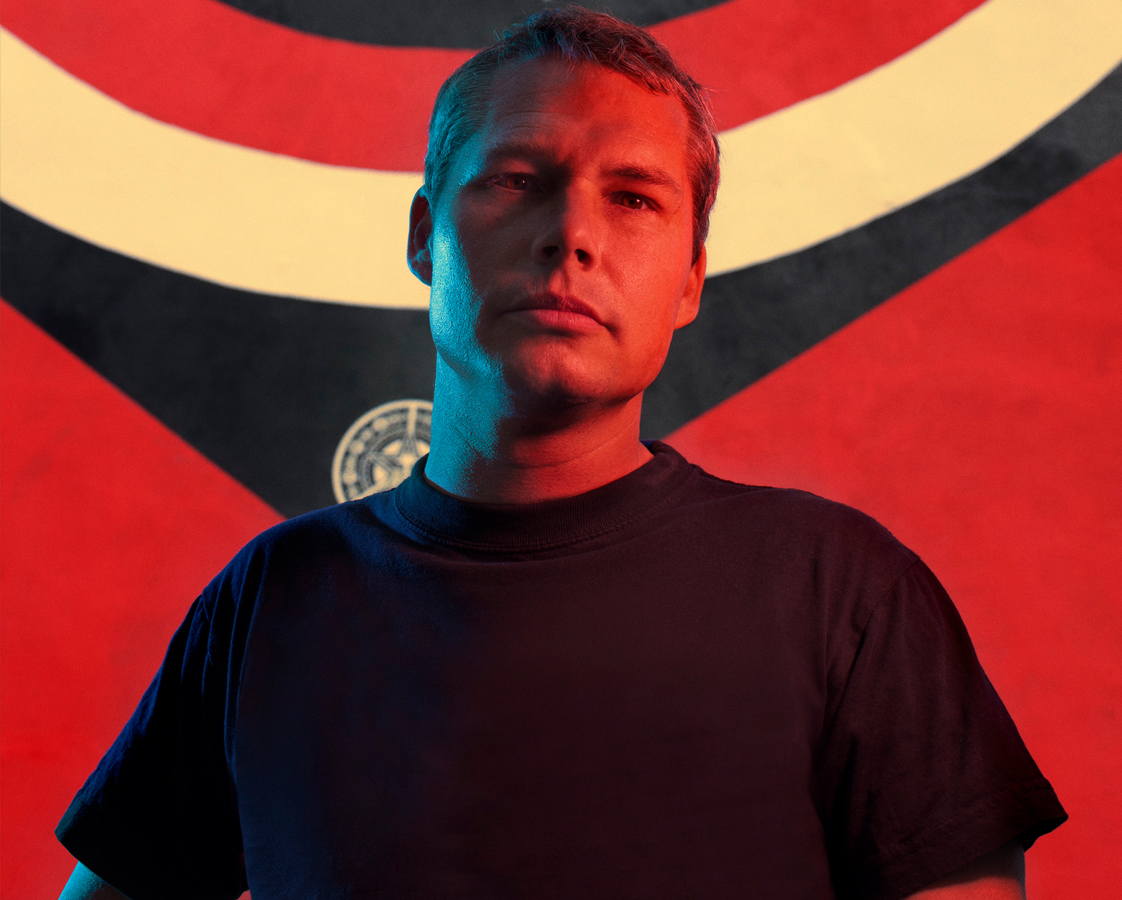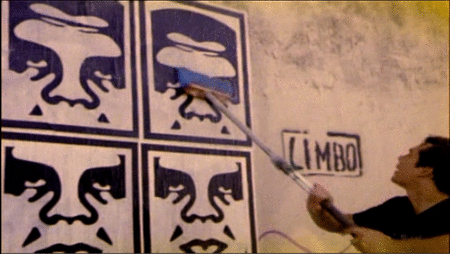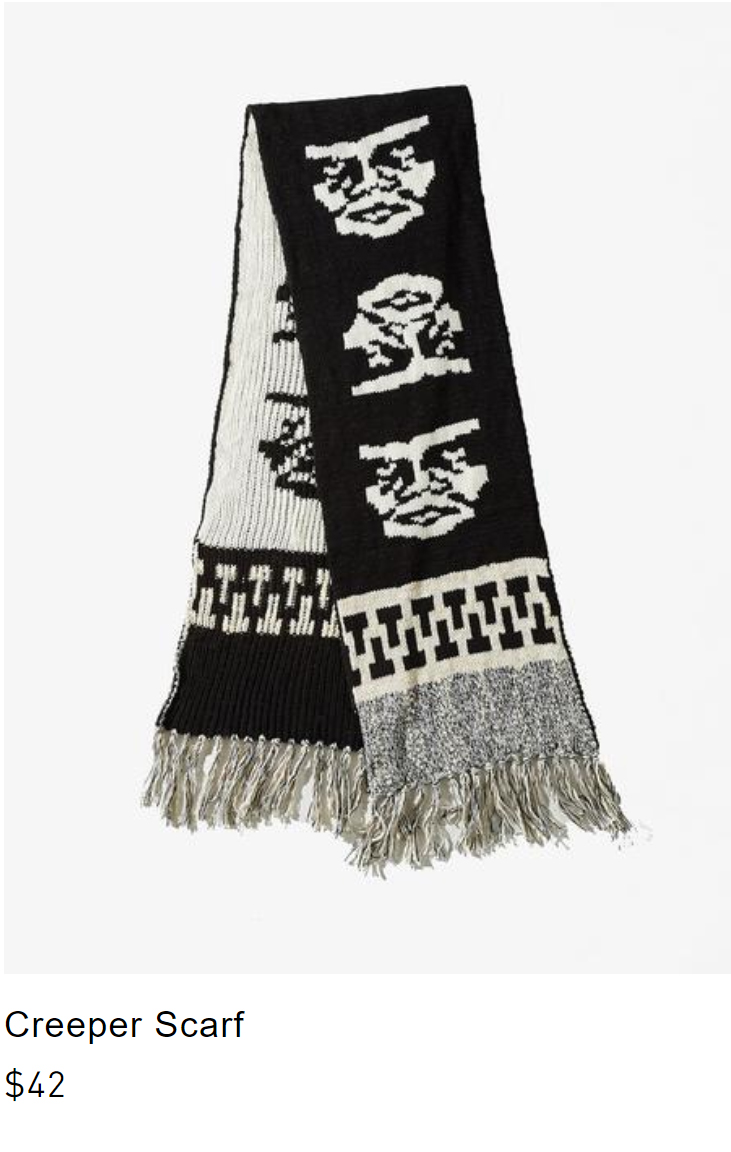Shepard Fairey

Frank Shepard Fairey (born February 15, 1970) is an American contemporary street artist, graphic designer, activist, illustrator and founder of OBEY Clothing who emerged from the skateboarding scene. He first became known for his "Andre the Giant Has a Posse" (…OBEY…) sticker campaign while attending the Rhode Island School of Design (RISD), which appropriated images from the comedic supermarket tabloid Weekly World News.
He became widely known during the 2008 U.S. presidential election for his Barack Obama "Hope" poster. The Institute of Contemporary Art, Boston calls him one of today's best known and most influential street artists. His work is included in the collections at The Smithsonian, the Los Angeles County Museum of Art, the Museum of Modern Art in New York City, the Museum of Contemporary Art San Diego, the National Portrait Gallery in Washington, D.C., the Virginia Museum of Fine Arts in Richmond, and the Victoria and Albert Museum in London.
Fairey's Work
Fairey's first foray into street art was his "Andre the Giant has a Posse," sticker campaign in 1989 (McCormick 51). This modest campaign began as an inside joke with his skateboarding friends, but it evolved into a viral phenomenon with the advent of the OBEY campaign in 1995 as the stickers were placed in many different locations around the world through the help of "his own global volunteer posse." What was it about this image that allowed it to 'scratch' an international audience where they itched? Perhaps a better question to ask is the one Lynch asks when introducing his idea about the relation between environmental and social change, "If the individual affects and is affected by changes in his environment and if he affects and is affected by changes in his society, what then is the relation between environmental and social change?". Regarding Fairey's street art, the change that "the individual" incurs is one of environment e.g. Fairey placing a sticker on the back of a stop sign. Along with this, the mere presence of the image in the individual's environment affects him. But the question of whether or not this environmental change causes some sort of social change is not so easily answered. Fairey's OBEY campaign obviously struck a chord with people, but did it have an impact on society?

Fairey's most recent iconic image is that of Obama Hope, which presents a good situation in which to examine the effect that different institutions can have on an image. The image's success can be attributed to its viral nature similar to that of OBEY and "Andre," but elevated to new levels due to its overwhelming presence on the Internet as well as in its original street environment. Now, the original version of Obama Hope is hanging in the Smithsonian Institute's National Portrait Gallery (facetoface). Refer back to Lynch's idea of the physical environment being a mirror of culture when considering the time in which the image emerged into the national consciousness. Lynch says that he believes there to be a "loosely coupled" relation between environmental and social change, with an exception: The general exception to this lack of connection between radical change in environment and society is an obvious one: wherever a feature of environment is directly linked to an important social role, then the modification of the one will cause the modification of the other. This exception accurately describes the condition of the Obama Hope poster.
Selling Out?
Following the viral spread of Fairey's Andre the Giant sticker campaign in the 80's, the OBEY sticker/poster campaign, and subsequent works, Fairey became one of the msot well known street artists in the world. While many of his work's are anti-establishment and anti-capitalism, Fairey has gone on to significantly prosper from his career, even starting a mainstream clothing line. While some argue that he's earned the success, others contend he's merely selling out to the ideals his work disavowes.





